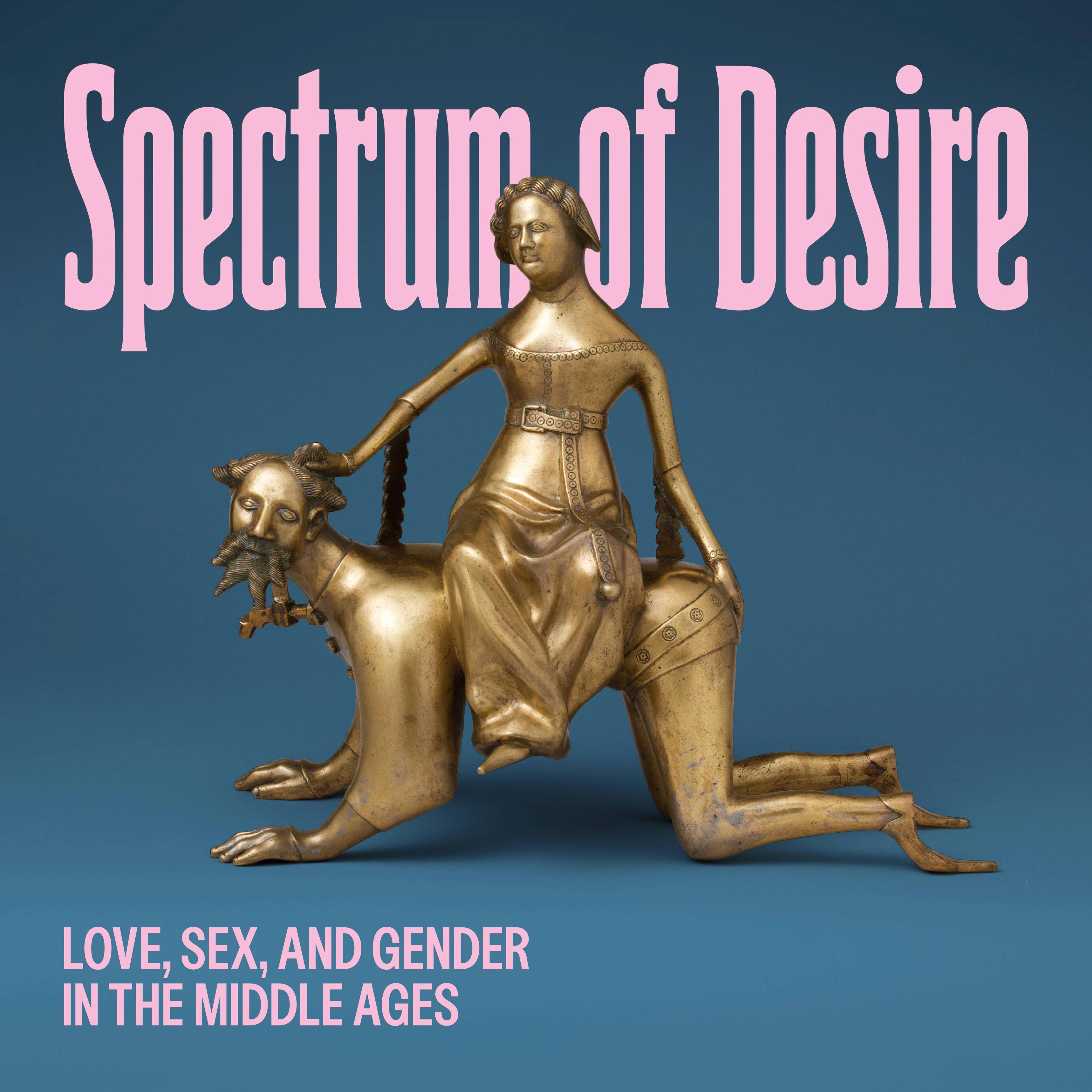Discover a world of powerful desires and fluid identities in the art of the Middle Ages. Set in the stunning atmosphere of The Met Cloisters, Spectrum of Desire explores the often-overlooked themes of sexuality and gender in the medieval past, a period of time when most artistic production served religious purposes.
Desire in the Middle Ages was multifaceted. It could be courtly or carnal, sacred or subversive, and expressed as a kind of longing, suffering, or joy. Medieval artists could be both deeply serious and comical in their evocations of these feelings. Spectrum of Desire opens up new ways of seeing the past through stirring works of art that inspire us to think more expansively about people who lived in the Middle Ages, their relationships, and the artworks they produced.
Featuring more than fifty works—from gold jewelry and ivory sculptures to stained glass, illuminated manuscripts, and woven textiles—this exhibition showcases the richness of visual expression in western Europe from the 13th to the 15th century, drawing primarily from The Met collection. This exploration of the visual language of desire in its many forms invites us to reflect on our own ideas of love, identity, and kinship today.
The exhibition is made possible by the Michel David-Weill Fund and Kathryn A. Ploss.
The catalogue is made possible by the Michel David-Weill Fund and Nellie and Robert Gipson.
Additional support is provided by Wendy A. Stein and Bart Friedman.
Image Credits
Aquamanile in the Form of Phyllis and Aristotle, Netherlandish, late 14th or early 15th century. Copper alloy, 12 ¾ x 7 x 15½ in. (32.5 x 17.9 x 39.3 cm). The Metropolitan Museum of Art, New York, Robert Lehman Collection, 1975 (1975.1.1416)
